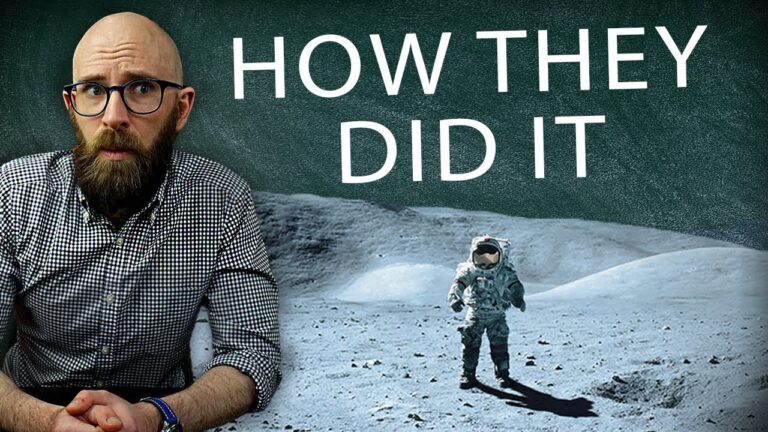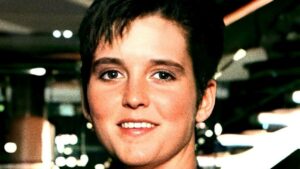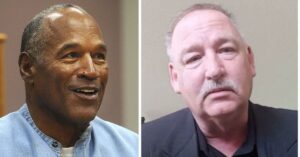“Unlocking the Secrets of the Moon: The Ingenious Strategies That Made NASA’s Historic Landing Possible”
But while they did not land on the moon, on their return to earth the Apollo 10 crew did set a record for the highest speed attained by a manned vehicle: 39,987 kilometres an hour – a record which still stands to this day.
With the functionality and reliability of the entire Apollo system now proven, NASA was finally ready to take the next step and attempt a manned lunar landing. Apollo 11, crewed by Commander Neil Armstrong, Lunar Module Pilot Edwin “Buzz” Aldrin, and Command Module Pilot Michael Collins, lifted off from Cape Canaveral on July 16, 1969. Four days later, Armstrong and Aldrin climbed into the Lunar Module Eagle, separated from the CSM Columbia, and fired the Eagle’s descent engine, starting their descent towards the lunar surface. However, five minutes later a pair of computer alarms – 1201 and 1202 – began to sound, putting the mission in jeopardy and proving that the LM still had some kinks to work out. After several tense minutes, software engineers determined that the alarms were caused by the LM’s landing and rendezvous radars both being switched on at the same time, leading to an “executive overflow” condition. The error was quickly corrected, and Armstrong and Aldrin continued the descent. However, the astronauts soon ran into further trouble as they realized that the guidance computer was sending them towards a large boulder field on the edge of the 91 metre-wide West Crater. With only 90 seconds of propellant left, Armstrong took manual control deftly guided the Eagle over the crater and towards a smooth area on the far side. At 8:17 PM UTC on July 20, 1969, Eagle touched down on the lunar surface – with only 25 seconds of propellant to spare. On shutting down the descent engine, Armstrong spoke the historic words:












